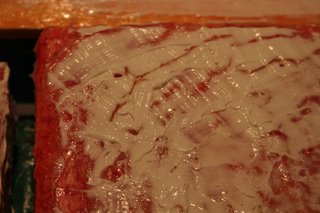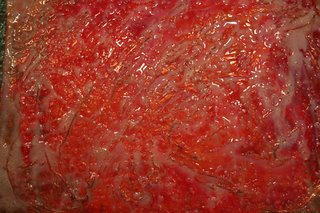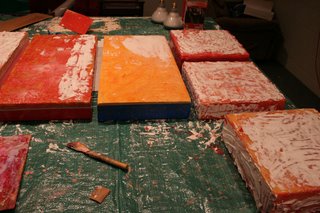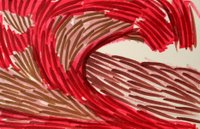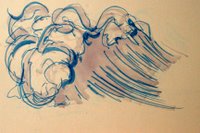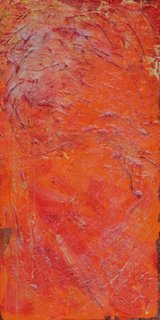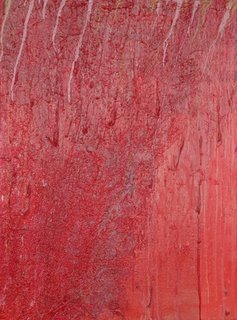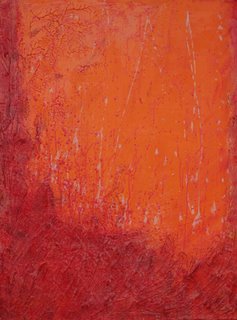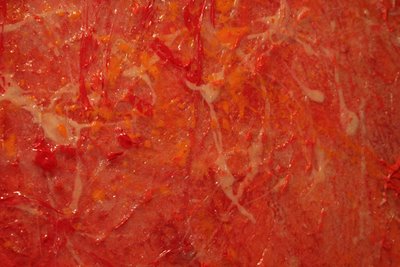
every show that I've had this past year, someone has seen figures, faces, or other human/organic forms in the more abstract work. this time a student at FDU saw a face in one of the etchings. I saw the flesh tones in these red/orange paintings when I was taking photos.

there must be something to this

I closely relate a body of water to the human body, because feels alive. Moving water pulses, undulates, and has a rhythm that I have seen in many people. Imagine a board surfer duck diving under a crashing wave. Picture young people playing in a small river with rapids, under the hot summer sun; swimming in and out of the currents.
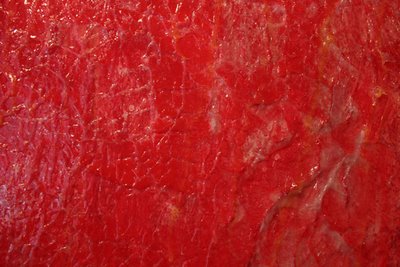
I was tempted to use wax, encaustic, for this project, but I prefer the clearer (and more durable) medium of acrylic. I suppose now I know why wax sculptures are so life-like. The wax mimicks semi-transparency of skin.
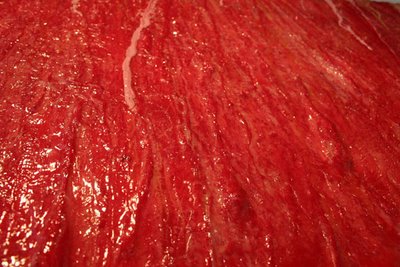
What is really curious, fascinating about this subject, is that the more I work on a piece, the more I keep leaning towards a more fleshy combination of colors. It's easy to realize that our bodies are mostly water. Our flesh is mostly water. But that's the simple answer. There is something more of a deep connection to the water; some kind of calling.



